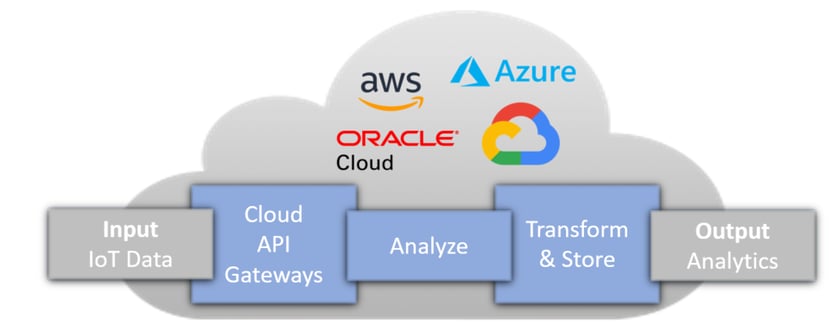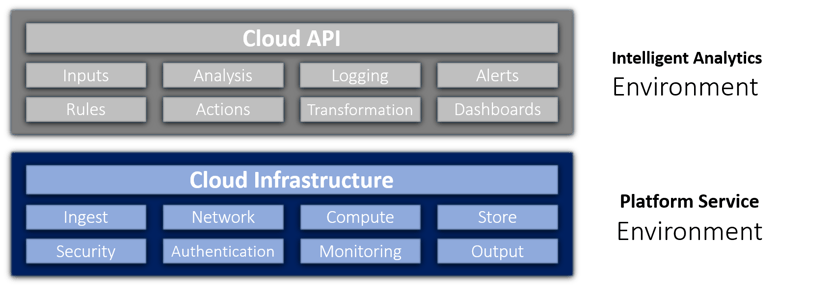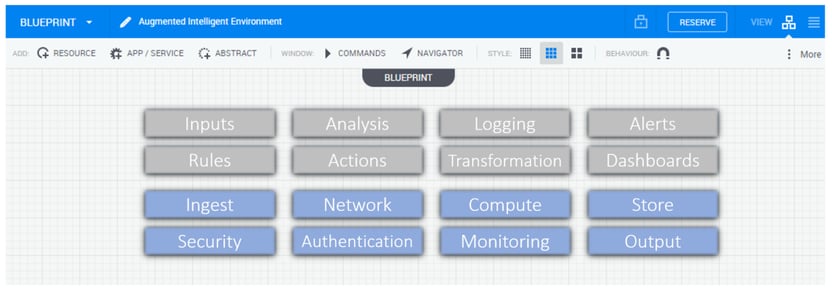You have the data, analytic algorithms and the cloud platform to conduct the computations necessary to garner augmented insights. These insights provide the information necessary to make business, cybersecurity and technology decisions. Your organization seems poised to enable strategies that harness your proprietary data with external data.
So, what’s the problem you ask? Well, my answer is that things don’t always go according to plan:
- Data streams from IoT devices get disconnected that result in partial data aggregation.
- Cybersecurity introduces overhead which results in application anomalies.
- Application microservices are distributed across cloud providers due to compliance requirements.
- Artificial Intelligence functionality is constantly evolving and requires updates to the Machine & Deep Learning algorithms.
- Network traffic policies impede data queues and application response times
Daunting would be an understatement if you did not have the appropriate capabilities in place to address the aforementioned challenges. Well…let’s take a look at how augmented intelligent environments can contribute to addressing these challenges. This blog highlights an approach in a few steps that can get you started.
- Identify the Boundary Functional Blocks
Identifying the boundaries will help to focus on the specific components that you want to address. In the following example, the functional blocks are simplified into foundational infrastructure and data analytics functions. The analytics sub-components can entail a combination of cloud provided intelligence or your own enterprise proprietary software. Data sources can be any combination of IoT devices and the output viewed on any supported interfaces.

- Establish your Environments
Environments can be established to segment the functionality required within each functional block. A variety of test tools, custom scripts, and AI components can be introduced without impacting other functional blocks. The following example segments the underlying cloud Platform Service environment from the Intelligent Analytics environment. The benefit is that these environments can be self-service and automated for the authorized personnel.

- Introduce an Augmented Intelligent Environment
The opportunity to introduce augmented intelligence into the end to end workflow can have significant implications for an organization. Disconnected workflows, security gaps, and inefficient processes can be identified and remediated before hindering business transactions and customer experience. Blueprints can be orchestrated to model the required functional blocks. Quali CloudShell shells can be introduced to integrate with augmented intelligence plug-ins. Organizations would introduce their AI software elements to enable augmented intelligence workflows.
The following is an example environment concept illustration. It depicts an architecture that combines multiple analytics and platform components.

Summary
The opportunity to orchestrate augmented intelligence environments has now become a reality. Organizations are now able to leverage insights from these environments which result in better decisions regarding business, security and technology investments. The insights derived from these environments provide an augmentation to traditional knowledge bases within the organization. Coupled with the advancement in artificial intelligence software, augmented intelligence environments can be applied to any number of use cases across all markets. Additional information and resources can be found at Quali.com




